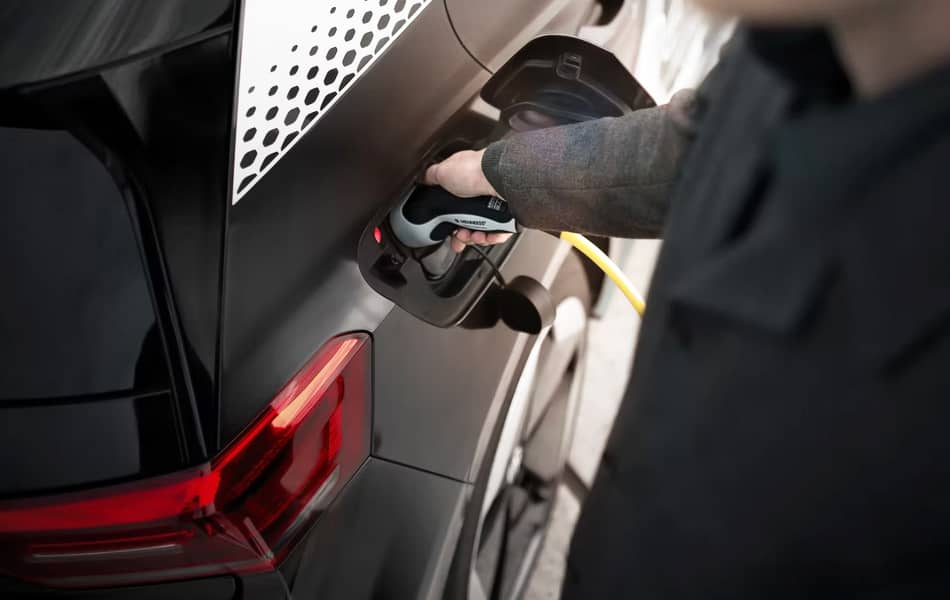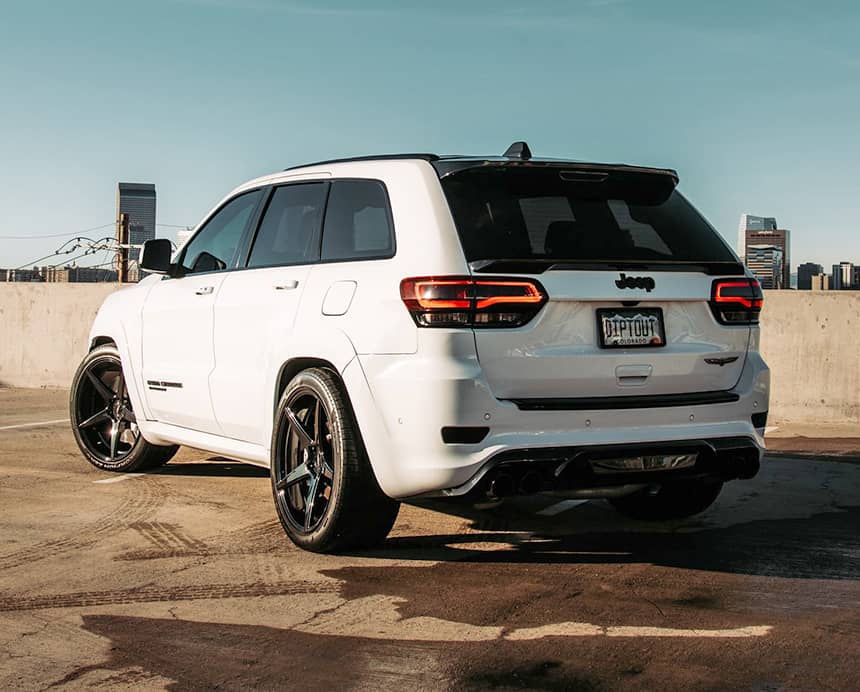
Introduction
When it comes to buying or selling a vehicle, the Vehicle Identification Number (VIN) is one of the most critical pieces of information. Often referred to as the car’s “fingerprint,” the VIN is a unique code that provides essential details about a vehicle’s history, manufacturing origin, and more. Whether you’re purchasing a used car or conducting a vehicle history check, understanding the VIN is crucial.
What is a VIN?
A Vehicle Identification Number (VIN) is a 17-character alphanumeric code assigned to every motor vehicle when it’s manufactured. Each character in the VIN has a specific meaning and collectively, they provide detailed information about the vehicle. This includes the country of origin, manufacturer, vehicle type, engine size, and more.
How to Locate the VIN
The VIN is typically found in several places on a vehicle:
- On the dashboard: Visible through the windshield on the driver’s side.
- Inside the driver’s side door: On the door frame or the post where the door latches.
- Vehicle registration documents: The VIN is also listed on the vehicle’s registration and insurance documents.
Why is the VIN Important?
- Vehicle History Reports: The VIN allows you to access a comprehensive vehicle history report, detailing past ownership, accidents, repairs, and more. This is invaluable when buying a used vehicle.
- Theft Prevention: Law enforcement agencies use the VIN to track stolen vehicles and recover them. The VIN helps to ensure that you’re not purchasing a stolen vehicle.
- Recall Information: Manufacturers use the VIN to notify vehicle owners of recalls. This ensures that any safety issues are addressed promptly.
- Registration and Insurance: The VIN is required for vehicle registration and insurance purposes. It ensures that your vehicle is correctly identified in all legal and insurance-related matters.


Conclusion
The VIN is more than just a random string of characters; it’s a crucial element in understanding a vehicle’s identity and history. Whether you’re buying, selling, or maintaining a vehicle, knowing how to locate and interpret the VIN can save you from potential headaches and ensure that you’re making informed decisions.




